-
 Bitcoin
Bitcoin $108,338.0981
-0.13% -
 Ethereum
Ethereum $2,566.4077
1.16% -
 Tether USDt
Tether USDt $1.0001
-0.01% -
 XRP
XRP $2.2841
-2.59% -
 BNB
BNB $658.5241
-0.17% -
 Solana
Solana $150.3819
-1.08% -
 USDC
USDC $0.9999
-0.01% -
 TRON
TRON $0.2864
-0.24% -
 Dogecoin
Dogecoin $0.1694
0.24% -
 Cardano
Cardano $0.5813
-0.72% -
 Hyperliquid
Hyperliquid $37.8292
-4.60% -
 Bitcoin Cash
Bitcoin Cash $503.3593
1.69% -
 Sui
Sui $2.8784
-0.69% -
 Chainlink
Chainlink $13.4784
-0.43% -
 UNUS SED LEO
UNUS SED LEO $9.0793
-0.27% -
 Stellar
Stellar $0.2537
-0.41% -
 Avalanche
Avalanche $18.0047
-0.23% -
 Shiba Inu
Shiba Inu $0.0...01181
1.56% -
 Hedera
Hedera $0.1608
0.49% -
 Toncoin
Toncoin $2.7568
-0.93% -
 Litecoin
Litecoin $86.4121
-0.20% -
 Monero
Monero $313.7273
-0.86% -
 Polkadot
Polkadot $3.3715
-0.66% -
 Dai
Dai $1.0001
0.01% -
 Ethena USDe
Ethena USDe $1.0004
0.03% -
 Bitget Token
Bitget Token $4.2902
-0.54% -
 Uniswap
Uniswap $7.5361
2.73% -
 Aave
Aave $285.6090
-0.55% -
 Pepe
Pepe $0.0...09958
0.28% -
 Pi
Pi $0.4560
-0.65%
Is Trust Wallet non-custodial?
2025/07/08 19:29
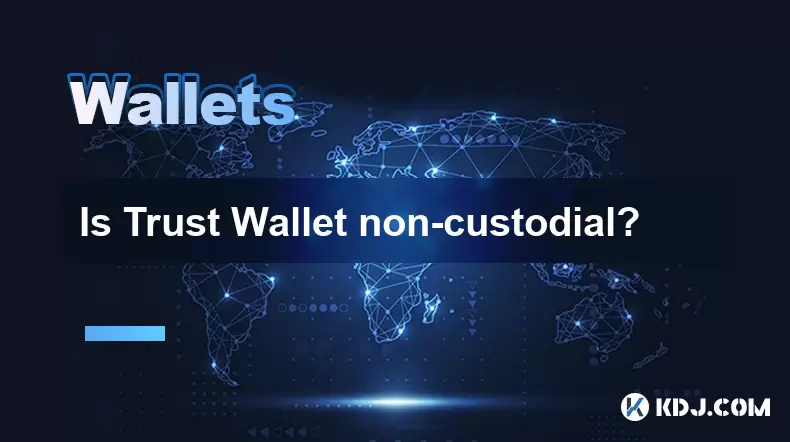
What Is a Non-Custodial Wallet?
A non-custodial wallet refers to a digital wallet where the user maintains full control over their private keys. This means that no third party, including the wallet provider itself, has access to the user's funds or data. In contrast, custodial wallets are managed by service providers who hold the private keys on behalf of users, which can pose risks if the provider is hacked or mismanages assets.
Trust Wallet classifies itself as a non-custodial wallet, meaning that when you create an account, you are given a recovery phrase and private key that only you have access to. The wallet does not store your private keys on its servers, ensuring that you alone are responsible for your cryptocurrency holdings.
This distinction is crucial because it directly affects the level of security and autonomy users have over their digital assets.
How Trust Wallet Implements Non-Custodial Features
Trust Wallet ensures non-custodial functionality through several core mechanisms:
- Private Key Storage: When you set up Trust Wallet, a unique recovery phrase (typically 12 words) is generated locally on your device. This phrase allows you to restore your wallet on any other device without relying on Trust Wallet’s servers.
- No Server-Side Access: Trust Wallet does not store your private keys or recovery phrases. Even if the company wanted to access your funds, they wouldn’t be able to due to the decentralized nature of the wallet.
- User Control: Every transaction must be signed using the private key stored locally on your device. Trust Wallet never signs transactions on your behalf.
These features confirm that Trust Wallet operates in a truly non-custodial manner, giving users complete control over their funds.
Recovery Phrase and Security Considerations
When setting up Trust Wallet, you will be prompted to write down and securely store a recovery phrase. This phrase is the cornerstone of your wallet's security model. Since Trust Wallet is non-custodial, losing this phrase means permanent loss of access to your funds.
It's important to:
- Store It Offline: Use a physical medium like paper or a hardware wallet backup solution.
- Avoid Digital Copies: Saving the recovery phrase on cloud services or unencrypted devices exposes it to potential breaches.
- Never Share It: No one from Trust Wallet or any legitimate service should ever ask for your recovery phrase.
Failure to properly safeguard the recovery phrase could result in irreversible loss of funds.
Differences Between Trust Wallet and Custodial Wallets
Many popular crypto wallets operate under a custodial model. These include platforms like Binance, Coinbase, and Gemini, where users deposit funds into accounts managed by the platform. While convenient, custodial wallets introduce counterparty risk — if the platform is compromised, your funds may be at risk.
In contrast, Trust Wallet offers:
- Decentralized Control: You are your own bank. There’s no central authority managing your funds.
- Transparent Architecture: Trust Wallet is open-source, allowing developers and security experts to audit its code.
- Interoperability: It supports multiple blockchains and tokens, enabling users to manage various assets in one place.
This makes Trust Wallet a preferred option for users who prioritize security and independence over convenience.
Trust Wallet Integration with Decentralized Applications (DApps)
One of the significant advantages of Trust Wallet being non-custodial is its seamless integration with decentralized applications. DApps built on Ethereum, Binance Smart Chain, and other blockchain networks require direct interaction with users' wallets.
With Trust Wallet:
- Direct Interaction: You can connect your wallet to DApps without exposing your private keys.
- Transaction Signing: All interactions are signed locally before being broadcasted to the blockchain.
- No Third-Party Approval: Transactions do not require approval from Trust Wallet or any centralized entity.
This capability empowers users to participate in DeFi, NFT markets, and other decentralized ecosystems without compromising control over their funds.
Frequently Asked Questions
Can Trust Wallet view my transaction history?
No, Trust Wallet cannot view your transaction history because it does not store your private keys or track your activity. All data remains local to your device unless you choose to share it.
Is Trust Wallet safe if someone gains access to my phone?
If someone physically accesses your phone and knows your wallet password or has access to your recovery phrase, they can potentially drain your funds. It's essential to use strong device-level security measures such as biometric locks and secure passwords.
What happens if Trust Wallet gets shut down?
Since Trust Wallet is non-custodial, shutting it down would not affect your ability to access your funds. You can import your recovery phrase into another compatible wallet and continue managing your assets.
Does Trust Wallet support hardware wallet integration?
Yes, Trust Wallet supports integration with hardware wallets like Ledger via Bluetooth or USB connections, enhancing security by keeping private keys offline while still allowing easy access to blockchain networks.
免責聲明:info@kdj.com
所提供的資訊並非交易建議。 kDJ.com對任何基於本文提供的資訊進行的投資不承擔任何責任。加密貨幣波動性較大,建議您充分研究後謹慎投資!
如果您認為本網站使用的內容侵犯了您的版權,請立即聯絡我們(info@kdj.com),我們將及時刪除。
- 繫繩的淘金熱:80億美元的瑞士拱頂和Stablecoins的未來
- 2025-07-09 02:50:13
- Cardano價格:鯨魚的積累暗示ADA的未來?
- 2025-07-09 03:30:12
- BlockDag,Defi和Crypto Raffles:下一件大事?
- 2025-07-09 03:35:12
- 馬s,地幔和Stablecoin實用程序:加密付款的新時代?
- 2025-07-09 02:50:13
- 原子看漲突破:加密情緒和宇宙生態系統
- 2025-07-09 02:55:12
- Kraken,後機翼和Memecoins:狂野前往新加坡大獎賽!
- 2025-07-09 00:50:12
相關知識

如果我忘記了我的特佐爾密碼短語會發生什麼
2025-07-09 03:15:08
理解三倍密封詞的作用如果您使用Trezor硬件錢包,則可能已經設置了一個密碼,作為恢復種子以外的額外安全性。與您的設備隨附的12或24字恢復短語不同, Trezor密碼短語就像隱藏的錢包修飾符一樣。輸入時,它會創建一個全新的錢包推導路徑,這意味著如果沒有正確的密碼,您將無法訪問關聯的資金。此附加單詞...
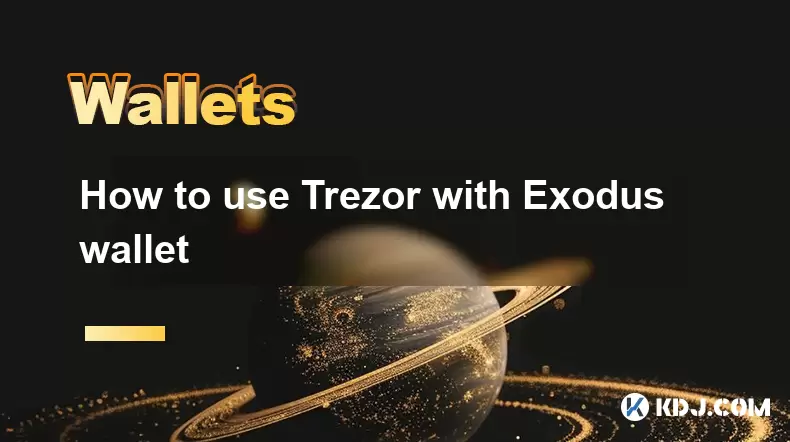
如何將Trezor與Exodus Wallet一起使用
2025-07-09 00:49:34
將Trezor硬件錢包連接到出埃及軟件錢包要將Trezor與Exodus Wallet一起使用,用戶需要將硬件錢包連接到Exodus提供的軟件接口。這種集成允許增強安全性,同時通過用戶友好的界面管理數字資產。該過程涉及幾個關鍵步驟,每個步驟都必須仔細遵循以確保安全和功能的連接。使用USB電纜插入Tr...
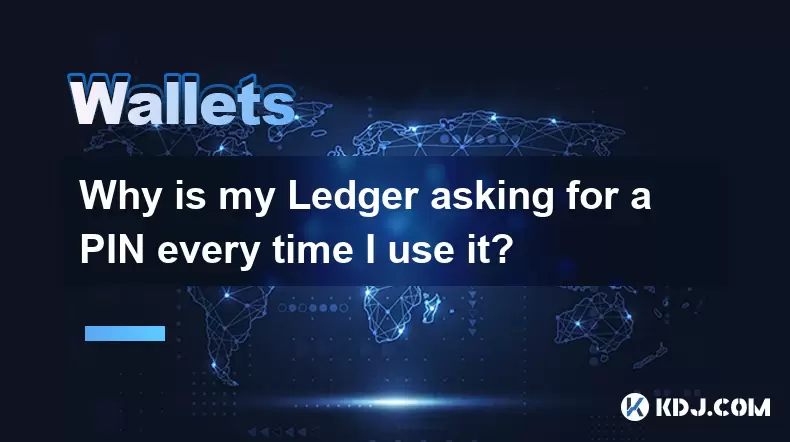
為什麼我的分類帳每次使用時都要求銷釘?
2025-07-08 23:21:50
了解分類帳設備上的針的目的PIN(個人身份證號碼)是每個分類帳硬件錢包中內置的至關重要的安全功能。它的主要功能是保護您的設備免於未經授權的訪問。首次設置分類帳時,提示您創建一個獨特的引腳代碼,該代碼是加密貨幣持有的第一層防禦層。這種機制確保了即使某人物理可以訪問您的分類帳設備,他們也無法在不知道正確...
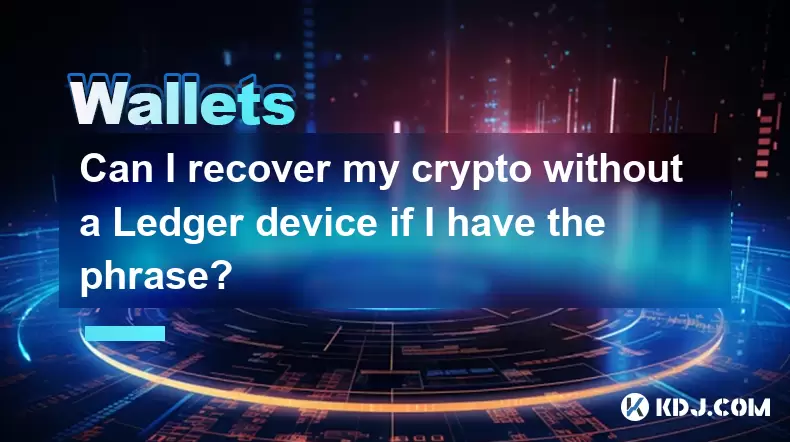
如果我有短語,我可以在沒有分類帳設備的情況下恢復加密貨幣嗎?
2025-07-09 01:36:01
了解恢復短語在加密安全性中的作用如果您有恢復短語但沒有賬本設備,則可能想知道是否有可能恢復加密貨幣。簡短的答案是肯定的,如果您有恢復短語,則可以在沒有分類帳設備的情況下恢復加密貨幣。這是因為恢復短語(也稱為種子短語)是錢包私鑰的人類可讀形式。包括分類帳在內的大多數硬件錢包都使用稱為BIP-39的標準...
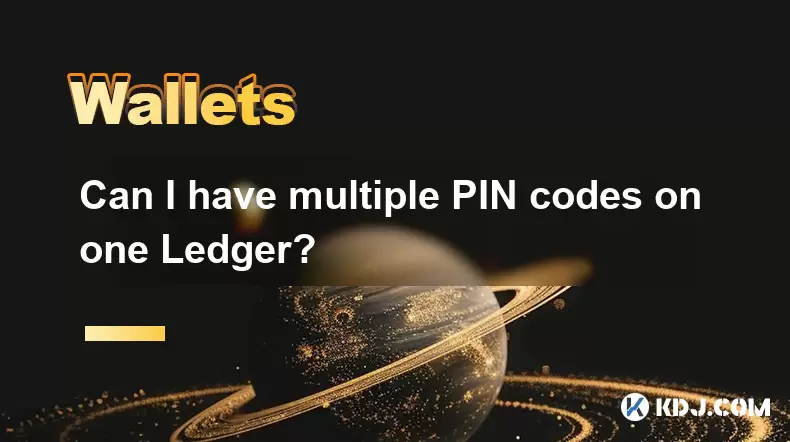
我可以在一個分類帳上有多個PIN代碼嗎?
2025-07-09 00:35:18
了解分散交流(DEX)的基礎知識分散的交換或DEX是一種無中央權威運作的加密貨幣交易平台。與傳統的集中交易所(CEXS)不同,DEX允許用戶直接從其錢包進行交易,而無需將資金存入交易所本身。這種結構增強了安全性並降低了對手的風險,因為用戶在整個交易過程中保留對其私鑰的控制權。智能合約權力大多數分散的...
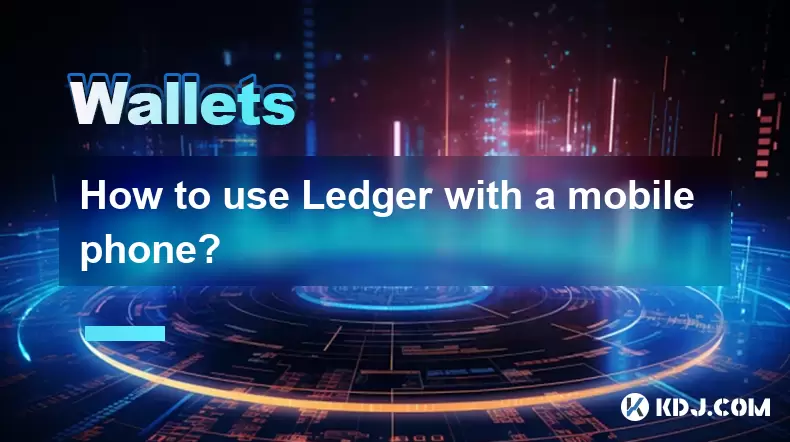
如何將Ledger與手機一起使用?
2025-07-08 22:49:45
將分類帳硬件錢包連接到移動設備使用手機使用分類帳硬件錢包,提供了一種安全便捷的方法來管理途中的加密貨幣。首先,請確保您的移動設備滿足必要的要求:Android 8.0或更高或運行iOS 13.0或以後的iOS設備。 LEDGER LIVE應用必須從相應的App Store安裝。使用適當的電纜將您的分...

如果我忘記了我的特佐爾密碼短語會發生什麼
2025-07-09 03:15:08
理解三倍密封詞的作用如果您使用Trezor硬件錢包,則可能已經設置了一個密碼,作為恢復種子以外的額外安全性。與您的設備隨附的12或24字恢復短語不同, Trezor密碼短語就像隱藏的錢包修飾符一樣。輸入時,它會創建一個全新的錢包推導路徑,這意味著如果沒有正確的密碼,您將無法訪問關聯的資金。此附加單詞...

如何將Trezor與Exodus Wallet一起使用
2025-07-09 00:49:34
將Trezor硬件錢包連接到出埃及軟件錢包要將Trezor與Exodus Wallet一起使用,用戶需要將硬件錢包連接到Exodus提供的軟件接口。這種集成允許增強安全性,同時通過用戶友好的界面管理數字資產。該過程涉及幾個關鍵步驟,每個步驟都必須仔細遵循以確保安全和功能的連接。使用USB電纜插入Tr...

為什麼我的分類帳每次使用時都要求銷釘?
2025-07-08 23:21:50
了解分類帳設備上的針的目的PIN(個人身份證號碼)是每個分類帳硬件錢包中內置的至關重要的安全功能。它的主要功能是保護您的設備免於未經授權的訪問。首次設置分類帳時,提示您創建一個獨特的引腳代碼,該代碼是加密貨幣持有的第一層防禦層。這種機制確保了即使某人物理可以訪問您的分類帳設備,他們也無法在不知道正確...

如果我有短語,我可以在沒有分類帳設備的情況下恢復加密貨幣嗎?
2025-07-09 01:36:01
了解恢復短語在加密安全性中的作用如果您有恢復短語但沒有賬本設備,則可能想知道是否有可能恢復加密貨幣。簡短的答案是肯定的,如果您有恢復短語,則可以在沒有分類帳設備的情況下恢復加密貨幣。這是因為恢復短語(也稱為種子短語)是錢包私鑰的人類可讀形式。包括分類帳在內的大多數硬件錢包都使用稱為BIP-39的標準...

我可以在一個分類帳上有多個PIN代碼嗎?
2025-07-09 00:35:18
了解分散交流(DEX)的基礎知識分散的交換或DEX是一種無中央權威運作的加密貨幣交易平台。與傳統的集中交易所(CEXS)不同,DEX允許用戶直接從其錢包進行交易,而無需將資金存入交易所本身。這種結構增強了安全性並降低了對手的風險,因為用戶在整個交易過程中保留對其私鑰的控制權。智能合約權力大多數分散的...

如何將Ledger與手機一起使用?
2025-07-08 22:49:45
將分類帳硬件錢包連接到移動設備使用手機使用分類帳硬件錢包,提供了一種安全便捷的方法來管理途中的加密貨幣。首先,請確保您的移動設備滿足必要的要求:Android 8.0或更高或運行iOS 13.0或以後的iOS設備。 LEDGER LIVE應用必須從相應的App Store安裝。使用適當的電纜將您的分...
看所有文章

























































































